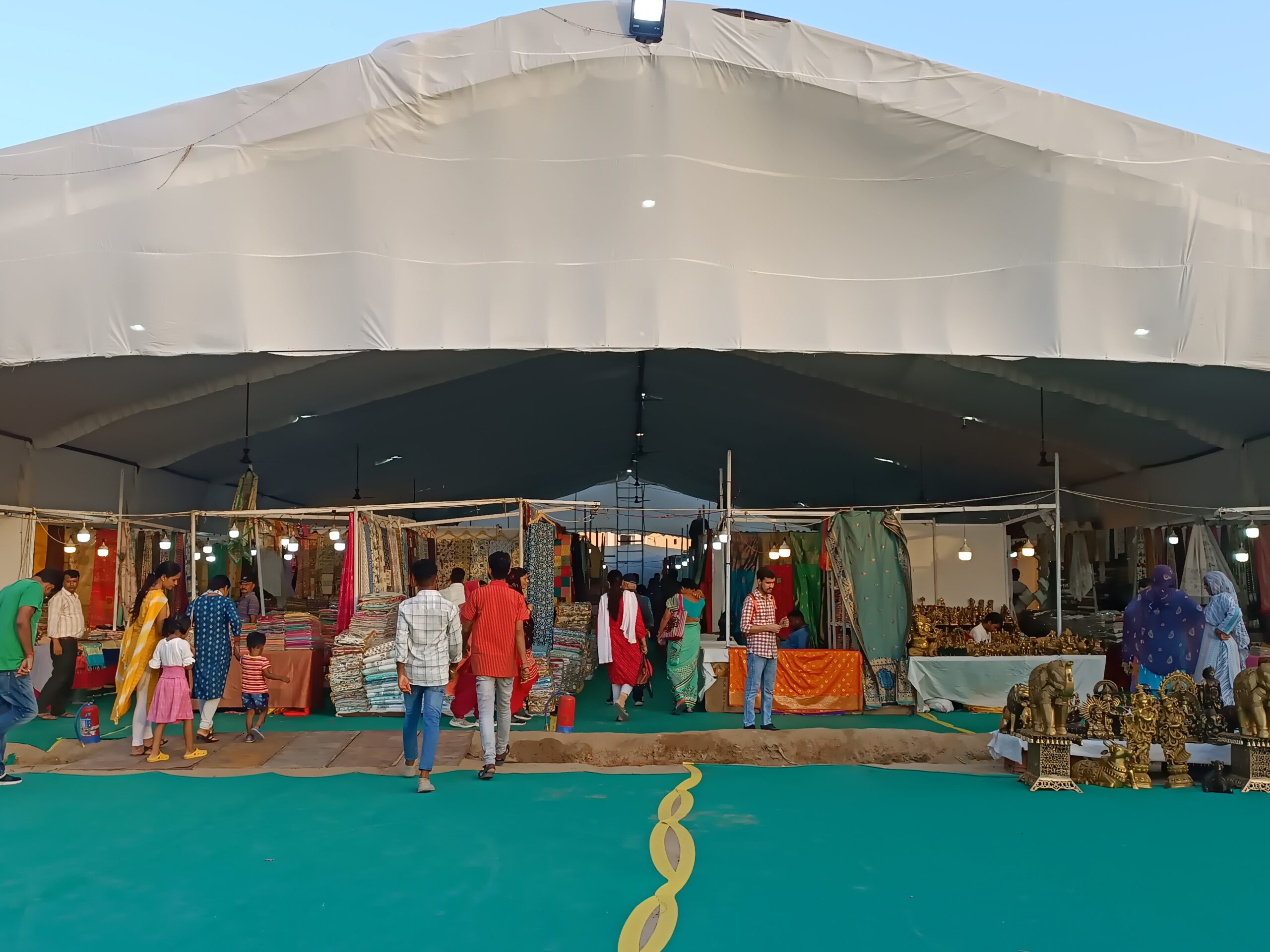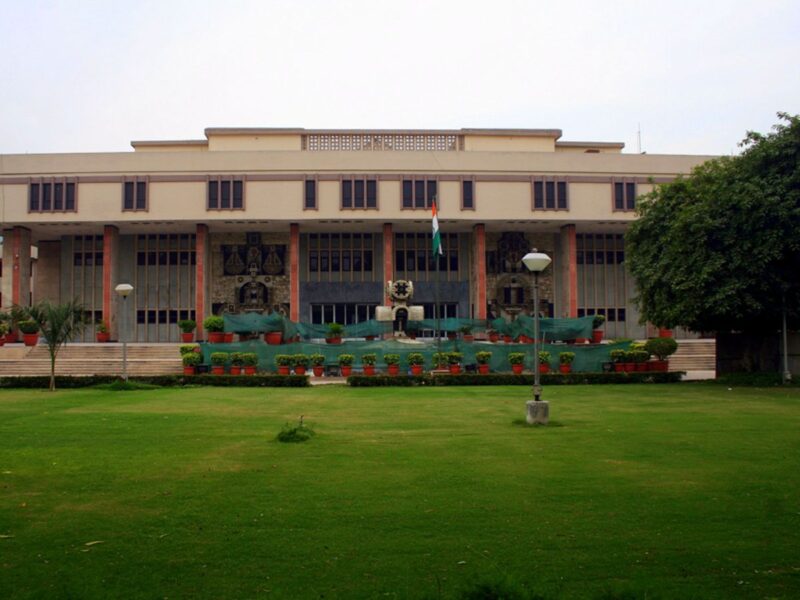The ongoing Umang Art & Craft Silk Expo at Noida Stadium, a showcase of fine silk products, is turning out to be a drab affair for the exhibitors.
Over 30 weavers, traders, and designers from Assam, West Bengal, and Bihar have lent vibrant touch to the August 25-September 5 exhibition, which is being held for the first time in Noida.
But despite displaying an array of sarees made of silk like Chanderi from Madhya Pradesh, Tangail from West Bengal, and cotton silk from Bihar, they have failed to clock enough sales to meet the expenses.
Swapan Barman, an artisan and trader from the silk-rich land of Murshidabad, West Bengal, pointed to the lacklustre response: “I have frequented such expos for years. This is the first in Noida. The response is disheartening.”
Barman, who is into silk business for over 12 years, observes that most visitors are merely browsers, not buyers.
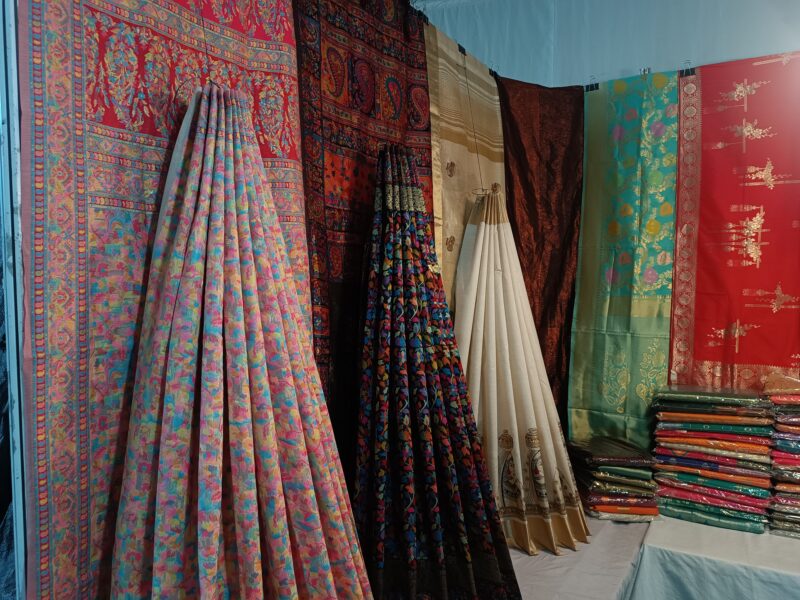
“I’ve managed to sell only three sarees in these four days,” he admits ruefully.
West Bengal’s silk prowess shines through lightweight, exquisite pure silk sarees adorned with vibrant prints and proudly carrying the badge of ‘Murshidabad silk’.
“Our silk saree is handcrafted meticulously, often taking 10-12 days. The effort justifies the price, which might deter some buyers,” adds Barman.
Imran, a trader hailing from Bhagalpur, Bihar, specialises in the famed cotton silk of the region.
Bhagalpur’s distinctive Tussar silk features captivating patterns of stripes and checks in vivid reds, blues, pinks, or oranges. It’s a testament to Bhagalpur’s position as a significant Tussar weaving hub in India.
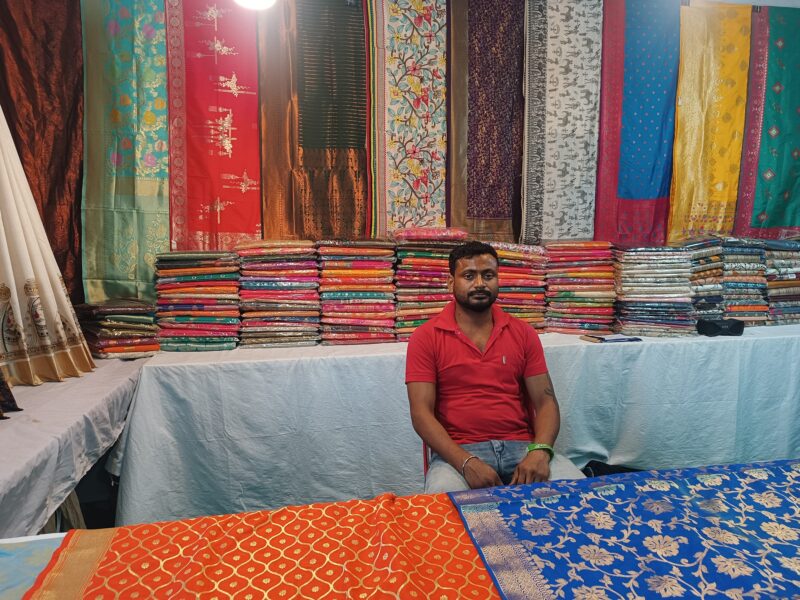
Amid the vibrant footfall, Shahrukh, a fellow trader, immersed in his mobile screen, says, “The crowd is significant, [but] the conversion to sales remains elusive.
“We have spent four days here. Most people inquire, admire, photograph, and depart. We are paying Rs 1,500 daily as rent and incurring loss,” remarks Imran, a cotton silk trader from Bihar.
“We will give it another day or two. If things persist, packing up might be the only option,” he adds.
The traders’ disappointment is evident, with some even stealing moments for a mid-day snooze.
However, the expo isn’t limited to silk.
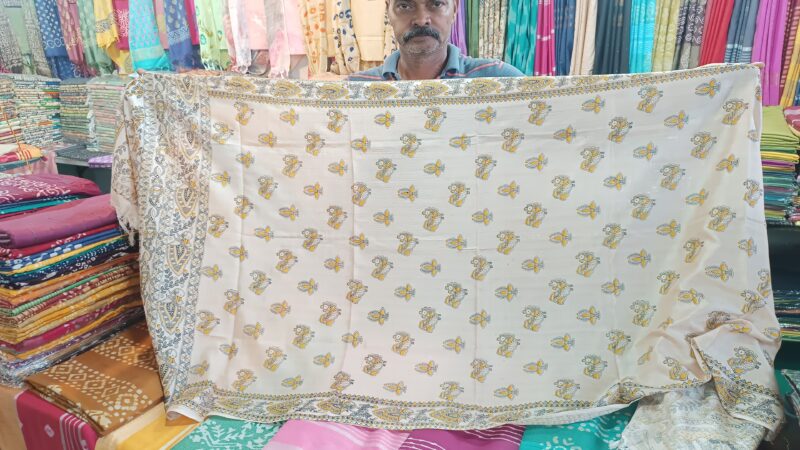
Madhubani painting artists from Bihar also grace the stalls.
“I have travelled from Madhubani, Bihar, confident of the demand of our handmade Madhubani art. Sadly, I haven’t registered a single sale yet,” laments Vikas Jha while showcasing his colourful creations.
Madhubani, or Mithila painting, is an ancient folk art from Mithila region. Its radiant colours are derived from natural sources such as tree bark, flowers, and leaves, and stand testament to its organic charm.
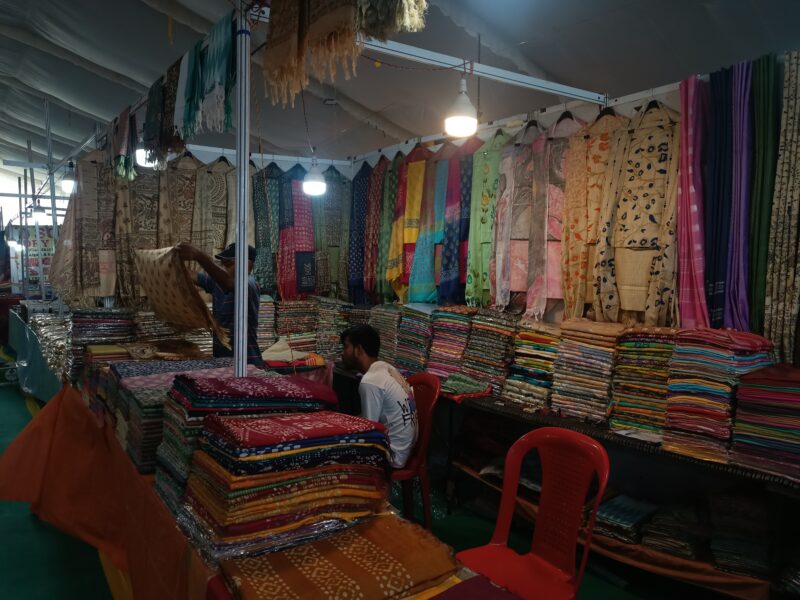
With a decade-long experience under his belt, Jha recalls the days when Delhiiites and Noida residents showered appreciation on Madhubani art at Dilli Haat and other exhibitions.

